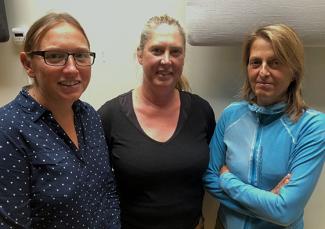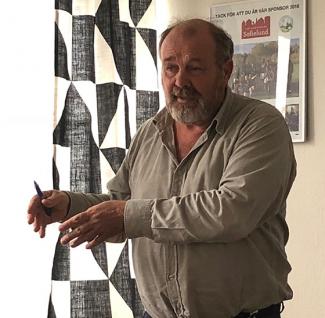How does one coexist in changing neighbourhoods?
Exchanging experiences between colleagues from Ghent and Malmö
Theme: increased resident engagement

On 20th September, the Institute for Sustainable Urban Development (ISU) and the Mistra Urban Futures Platform for Neighbourhood Development jointly welcomed our Belgian visitors to Malmö’s Sofielund neighbourhood to discuss common interests and to learn from each other’s work. In the Rabot neighbourhood in Ghent, a new housing development, Tondelier, is emerging, which alters local urban space as well as neighbourhood demographics. Action research efforts to develop and test tools for increased resident engagement and amicable coexistence throughout the neighbourhood have been conducted and are being evaluated.
”We want to influence by doing. In our research, we have tried to analyse the field in a statistical and theoretical way, but we have also used ‘walk and talk’ and interviews with people who have lived there for a long time, as well as with new inhabitants. Thus we have created new meeting places for both groups”, Greet De Brauwere explains.
Hjalmar Falck, from the City of Malmö, shared his experiences from efforts in Sofielund, where the municipality’s extended engagement with local property owners has provided a basis for varied but sustained neighbourhood improvement actions and events, also involving residents. Joakim Nordqvist, from Malmö University and the City of Malmö, took part in the discussions on behalf of Mistra Urban Future’s neighbourhood platform.
